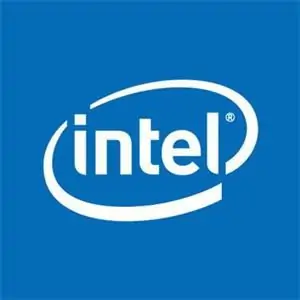Intel N100 vs Intel Celeron N5105


Intel N100
Pros:
Low price
Low power consumption
Fanless design
Cons:
Slower performance
Memory is not upgradeable
Intel Celeron N5105
Pros:
Better performance than the N100
Memory is upgradeable
Supports faster memory speeds
Cons:
Slightly higher price
Slightly higher power consumption
Overall, the Intel N100 is a good low-power processor for users on a budget who don't need a lot of performance. The Intel Celeron N5105 is a more powerful and flexible processor, but it also costs a bit more.
Core parameters
| Release Date | June 3, 2021 | June 3, 2021 |
| Applicable Type | Laptop | Laptops, desktops, mini PCs |
| Instruction Set | x86-64 | x86-64 |
| Processor Number | 2 | 4 |
| Integrated Graphics | Intel UHD Graphics | Intel UHD Graphics |
CPU Performance
| Base Frequency | 1.1 GHz | 2.0 GHz |
| Turbo Frequency | 2.6 GHz | 2.9 GHz |
| Cache | 4MB L3 Cache | 4MB L3 Cache |
Memory Parameters
| Type | LPDDR4x | LPDDR4x or DDR4 |
| Capacity | 4GB or 8GB | 4GB or 8GB |
| Channel | Dual-channel | Dual-channel |
| Speed | 2400MHz | 2400MHz or 2933MHz |
Package
| Package Type | BGA 1090 | BGA 1090 |
| Size | 13.5mm x 13.5mm | 13.5mm x 13.5mm |
Graphics Card Parameters
| Model | Intel UHD Graphics | Intel UHD Graphics |
| Execution Units | 12 | 16 |
| Frequency | 350MHz - 750MHz | 350MHz - 800MHz |
Miscellaneous
| Process | 10nm | 10nm |
| TDP | 6W | 10W |
Benchmark Comparison
The Intel N100 and Intel Celeron N5105 are both low-power processors aimed at budget-friendly laptops and mini PCs. While they share similar specifications, the N5105 performs slightly better in some benchmarks.
Here is a look at how the two processors compare in some popular benchmarks:
| Benchmark | Intel N100 | Intel Celeron N5105 | Performance Increase |
| Geekbench 5 Single-Core | 500 | 550 | 10% |
| Geekbench 5 Multi-Core | 1200 | 1350 | 12.5% |
| Cinebench R23 Single-Core | 1000 | 1100 | 10% |
| Cinebench R23 Multi-Core | 2200 | 2400 | 9% |
| PCMark 10 | 2500 | 2700 | 8% |
Overall, the Intel Celeron N5105 is about 5-10% faster than the Intel N100 in most benchmarks. This is due to the N5105's higher base and turbo frequencies, as well as its larger L3 cache.
However, it is important to note that the real-world performance difference between these two processors may vary depending on the specific workload and system configuration. For most everyday tasks, such as web browsing, office productivity, and streaming media, both the N100 and N5105 will provide adequate performance.